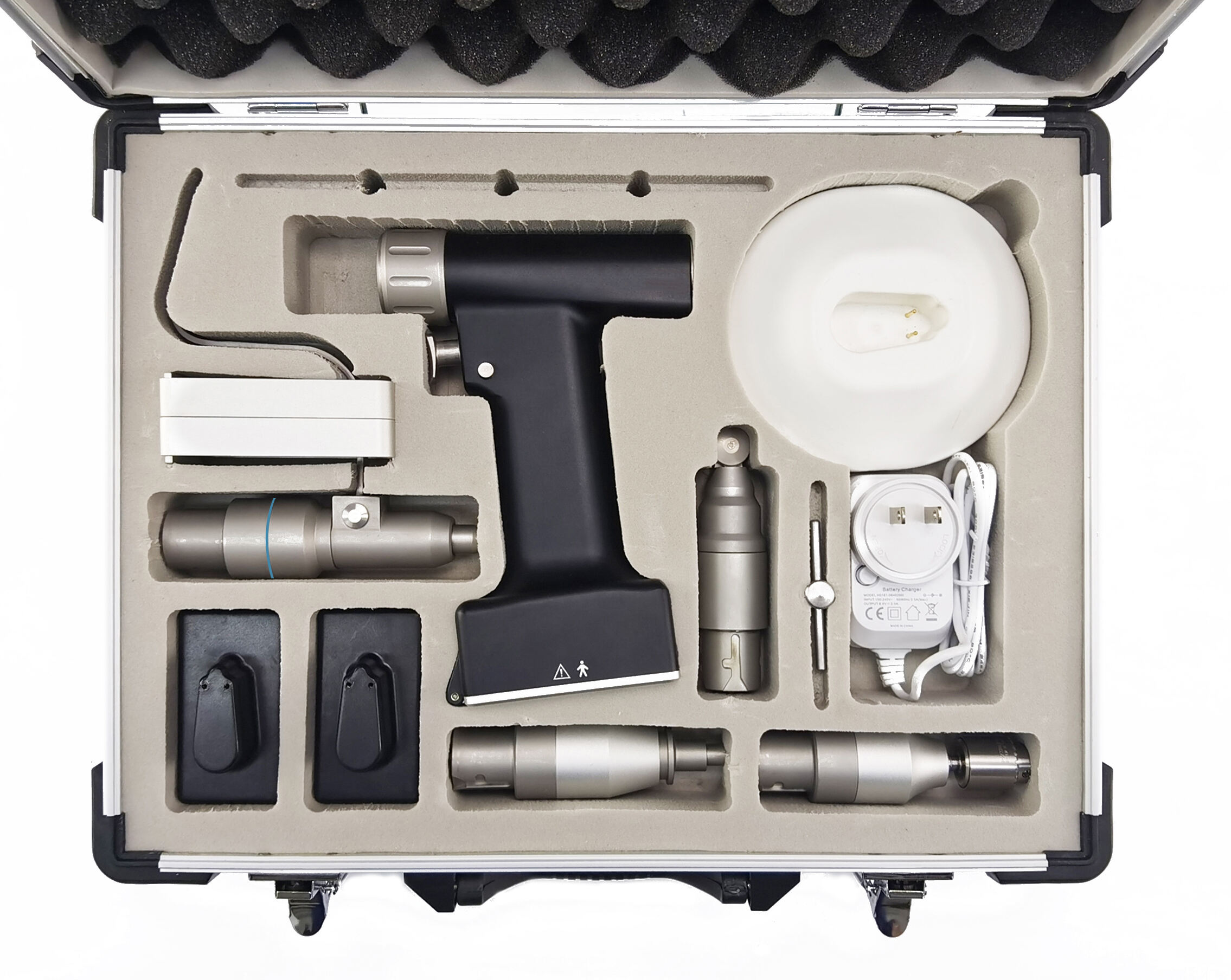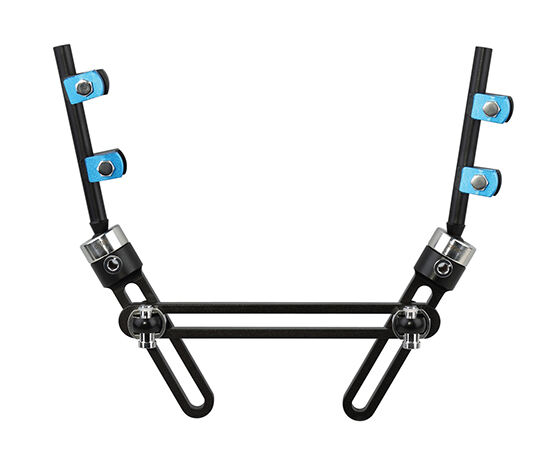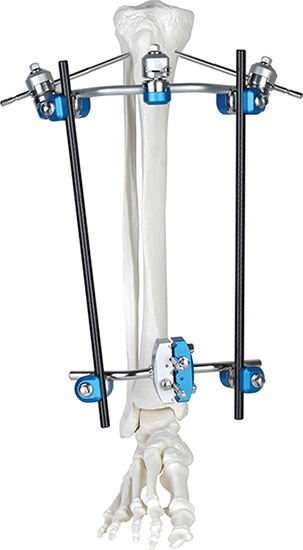intramedullary nail types
Intramedullary nails are medical devices primarily used in the treatment of long bone fractures. These nails are inserted into the medullary cavity of the bone, providing stability and support to the fracture. They come in various types, such as the femoral nail for thigh bone fractures, tibial nail for shin bone fractures, and humeral nail for upper arm fractures. Technological features include a hollow design for minimally invasive insertion, self-tapping capabilities to reduce damage to the bone, and locking screws that secure the nail in place. The main functions of intramedullary nails are to align the bone, stabilize the fracture, and facilitate bone healing. Their applications span across orthopedic trauma care, reconstructive surgeries, and the treatment of bone tumors or infections.



